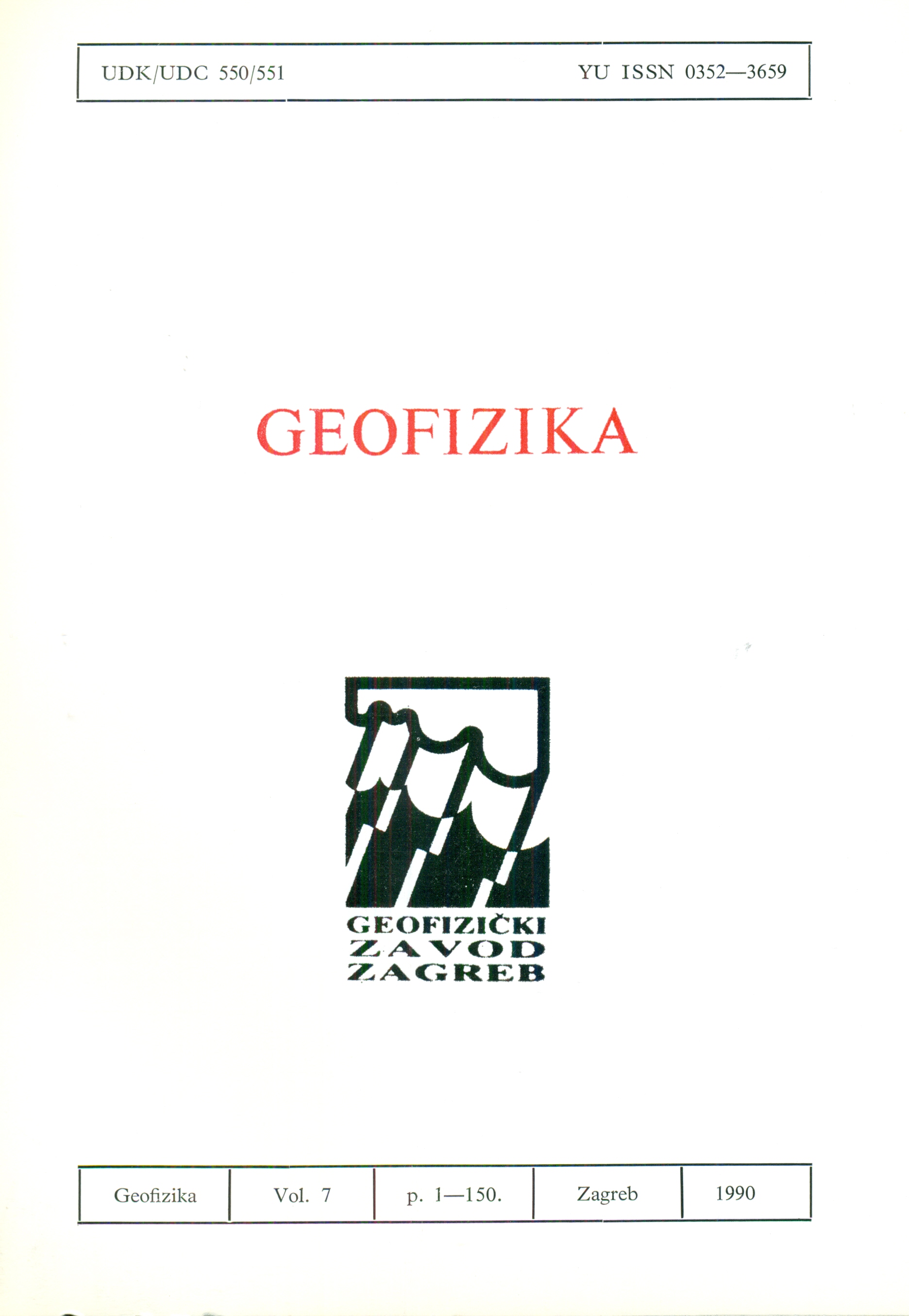On the stochastic model for the temporal persistence of cloud cover
(in Croatian)
Abstract
The considered stochastic model is based on the assumption that the series of observations of cloud cover can be represented by the series of normal variates which have properties of the Markov process. This assumption made possible the estimation of the joint probabilities for 1331 (=113) possible combinations of observations on the basis of frequency distribution of cloud cover at 7, 14, and 21 local time. The theoretical frequency distribution of mean daily cloud amount is obtained by adding the joint probabilities which contribute to the corresponding class (nearest tenth). The autocorrelation coefficient, which is the only free model parameter, has been determined in the way that the theoretical distribution fits the observed distribution in the best way. The differences between these two distributions could be partly explained by the contributions of mesoscale processes (convective storm, radiation fog) which have a much lower persistence than the prevailing large scale processes. Finally, there is a brief survey of possible applications of the results on the data control, the evolution of weather modification and the verification of forecast.
Downloads
Published
Issue
Section
License
Copyright (c) 2021 Geofizika journal

This work is licensed under a Creative Commons Attribution-NonCommercial 4.0 International License.

